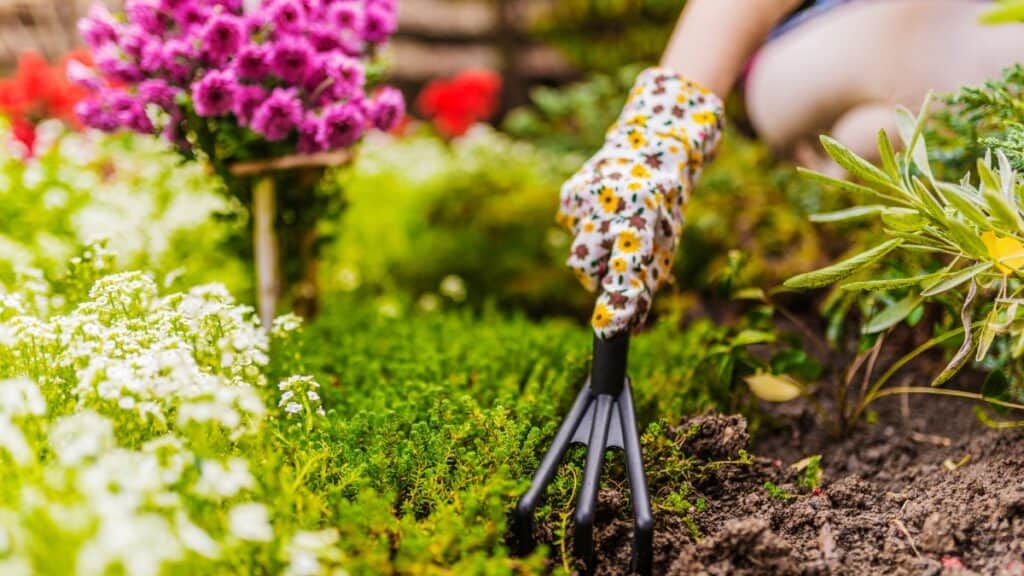Year-Round Gardening Guide for Cumberland MD: Frost Dates, Planting Strategies, and Expert Tips for Success

Gardening in Cumberland, Maryland, can be a fun and rewarding experience, but of course, the key is timing.
The success of your garden depends on knowing when to plant, understanding frost dates, and preparing the soil.
In Cumberland, the last spring frost is usually around April 22, and the first fall frost happens around October 18.
These frost dates help guide when to start planting, whether indoors or directly in the soil, and how to plan for a great harvest.
Spring is the perfect time to get started.
For plants like kale, lettuce, and broccoli, it’s important to plant early because they don’t like hot weather.
If they stay in the ground too long as temperatures rise, they may bolt, which means they grow flowers instead of leaves, making the leaves bitter.
For crops like radishes, which grow quickly, you can plant them every couple of weeks during Spring and summer to have a steady supply.
Tender plants like tomatoes, peppers, and eggplants need more time to grow, so it’s best to start indoors about six to eight weeks before the last frost.
When your seedlings are ready to move outside, it’s important to harden them off first, meaning you need to slowly get them used to outdoor conditions.
You can start by placing them in a shady spot outside during the day and bringing them back inside at night.
After about a week, they should be strong enough to handle the weather.
But you can skip this step for carrots, radishes, and beets because their seeds grow best when planted directly into the soil.
Fall gardening starts earlier than you might think.
Even though it’s called “fall planting,” most crops must be planted during summer to prepare for cooler weather.
Because the soil is still warm, it helps seeds sprout quickly, and there are usually fewer pests to deal with.
Crops like spinach, kale, and Brussels sprouts thrive in cooler temperatures and even taste better after a light frost.
To get the most out of your fall garden, make sure your soil is rich and well-drained, and choose plants that can handle cooler weather.
Planting by the Moon is an old tradition that some gardeners use to improve their harvest.
The idea is to plant crops that grow above ground, like lettuce and tomatoes, during the waxing Moon (when the Moon is getting bigger) and root crops, like carrots and potatoes, during the waning Moon (when the Moon is getting smaller).
While not everyone follows this method, it can be a fun way to connect with nature.
In Cumberland, specific planting dates help you know exactly when to start.
For example, arugula can be planted outdoors as early as March 25, while asparagus is best planted between April 8 and April 22.
Basil, which loves warm weather, should be planted around May 6.
In the fall, crops like broccoli should be started indoors by mid-July, and carrots can be planted directly in the soil by early August.
Quick-growing crops like radishes can be planted for a fall harvest in early September.
Soil health is a big part of gardening success.
Cumberland’s soil can benefit from organic matter like compost or aged manure.
Good drainage is important because plants like camellias, which are great for landscaping, don’t do well in soggy soil.
For vegetables, the soil needs to be rich in nutrients but not too wet.
Adding mulch around your plants helps keep moisture in and weeds out.
Pests and diseases can sometimes cause problems, but there are simple ways to handle them.
Aphids are tiny bugs that love new growth but can be wiped off or treated with insecticidal soap.
Spider mites and tea scales can cause leaf discoloration and must be treated with horticultural oil.
Not to mention, fungal problems like root rot or flower blight can be avoided by making sure the soil drains well and cleaning up fallen leaves or flowers around your plants.
And if you want to add color and beauty to your garden (I mean, who doesn’t), camellias are a great choice.
Depending on the variety, these evergreen shrubs bloom between November and April and come in white, pink, and red colors.
Camellia japonica grows up to 12 feet tall and has large, showy flowers.
The tea camellia, camellia sinensis, adds beauty and lets you make tea from its leaves.
For something a little different, consider planting paperbush. This shrub blooms in winter with golden-yellow flowers that smell amazing.
Daphne shrubs are another good option.
They bloom in late winter with fragrant flowers and are perfect for small gardens. They grow well in partial shade and can even thrive in containers.
For a tropical touch, paperbush shrubs grow to about 8 feet tall and bloom in winter, filling the air with a sweet, spicy scent.
Pruning is another important part of gardening.
Late winter, like February, is a good time to prune dead or damaged branches from trees.
You can use the three-part cut method to make clean cuts and avoid damaging the tree.
Start by making a small cut on the underside of the branch, followed by a second cut on the top, and finally, remove the stub near the trunk.
Ultimately, gardening in Cumberland combines planning, care, and patience.
By following frost dates, preparing your soil, and watching for pests, you can enjoy a garden full of healthy vegetables, beautiful flowers, and fragrant shrubs.









